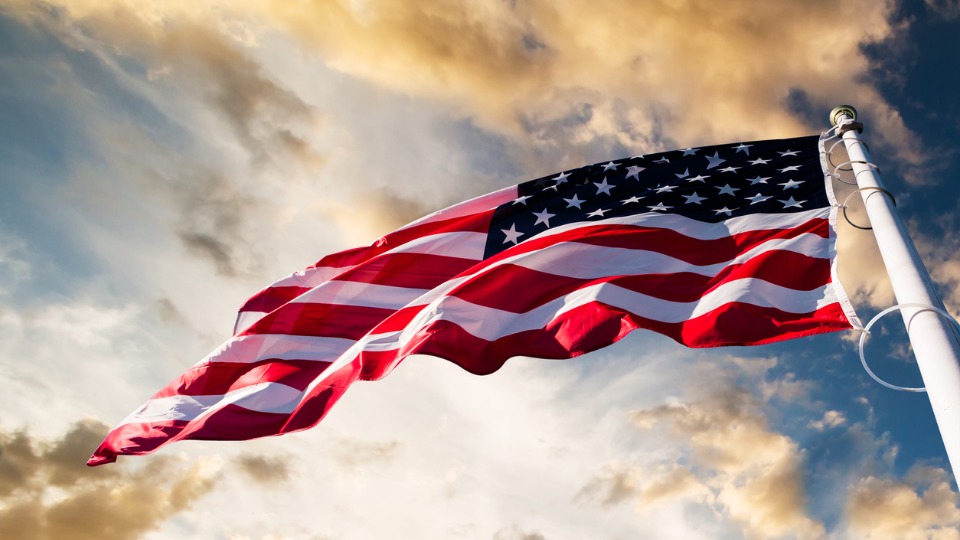
Letter on US pullout from Iraq a ‘mistake’

The US military on Monday told the Iraqi government American troops were preparing to pull out of the country but a top US general in Washington said the message was sent by “mistake”.
It came after a deadly American drone strike on Baghdad on Friday that killed senior Iranian and Iraqi military commanders, sparking fury in both countries with Tehran vowing “revenge”.
The head of the US military’s Task Force Iraq, Brigadier General William Seely, informed his Iraqi counterparts in a letter dated Sunday that troops were preparing to leave.
“We respect your sovereign decision to order our departure,” said the letter, whose authenticity was confirmed to AFP by both Iraqi and US defence officials.
Seely said the US-led coalition would “be repositioning forces over the course of the coming days and weeks”.
“In order to conduct this task, Coalition Forces are required to take certain measures to ensure that the movement out of Iraq is conducted in a safe and efficient manner,” said the letter.
It said helicopters would be travelling in and around Baghdad’s Green Zone where the US embassy is located as part of the preparations.
AFP could hear helicopters flying low over Baghdad throughout the night on Monday.
But Pentagon Joint Chiefs Chairman Mark Milley said on Monday the letter was a mere “draft” and “should not have been sent”.
“This was a mistake,” Milley told reporters. “It was a mistake, an honest mistake, a draft unsigned letter, because we are moving forces around,” he said.
“It shouldn’t have been sent,” Milley said.
US Defence Secretary Mark Esper said the letter was “inconsistent” with Washington’s position, denying there has been a decision to leave Iraq.
The latest developments came as a sea of black-clad mourners paid homage Monday in Tehran to Qasem Soleimani, the head of the Revolutionary Guards’ Quds Force killed Friday in a US drone strike in Baghdad.
Following his death along with Iraqi military figure Abu Mahdi al-Muhandis, Iraqi lawmakers on Sunday urged the government to oust all foreign troops from Iraqi soil.
Some 5,200 US soldiers are stationed across Iraqi bases to support local troops preventing a resurgence of the Islamic State group.
They make up the bulk of a broader coalition, invited by the Iraqi government in 2014 to help combat the jihadists.
On Monday, Iran’s supreme leader Ayatollah Ali Khamenei fought back tears as mourners flooded the streets around Tehran University to honour Soleimani.
The targeted killing of the 62-year-old Soleimani ordered by US President Donald Trump saw Iran vow “severe revenge” and step back even further from the already tattered 2015 nuclear accord with world powers.
In an escalating war of words that has heightened international concern and rattled financial markets, Trump threatened yet more “major retaliation” if Tehran hits back, including strikes on Iranian cultural sites.
Writing in all-caps on Monday, Trump tweeted: “IRAN WILL NEVER HAVE A NUCLEAR WEAPON!”
NATO chief Jens Stoltenberg warned Iran must avoid “further violence and provocations” after the alliance held emergency talks in Brussels on the crisis.
“At our meeting today, allies called for restraint and de-escalation. A new conflict would be in no-one’s interest,” he said.
The European Union, whose foreign ministers will hold emergency talks on the crisis Friday, said it was in both Iran and Iraq’s interests to “take the path of sobriety and not the path of escalation”.
Saudi Arabia — an oil-rich US ally seen as vulnerable to Iranian counter strikes — also appealed for calm after a “very dangerous” escalation.
The EU’s diplomatic chief Josep Borrell said he “deeply regrets” Iran’s latest step back from the nuclear deal.
The agreement had offered Tehran relief from sanctions in return for curbs to prevent it acquiring nuclear weapons — but Trump’s withdrawal from it in 2018 dramatically weakened the agreement.
Despite its latest step, Iran insisted it will continue to fully cooperate with the UN agency overseeing its atomic programme.
The raw emotions sparked by the killing of Soleimani were on full display in Tehran, where mourners formed a sea of black, dotted with red Shiite flags and white signs, in what state television said was a “several million-strong” turnout.
“The last time I remember such a crowd was at Ayatollah Khomeini’s funeral 30 years ago,” said Iranian journalist Maziar Khosravi.
As they marched down a main artery of Tehran, the mourners chanted “Death to America” and “Death to Israel”.
Soleimani was one of Iran’s most popular public figures, seen as a hero of the 1980-88 Iran-Iraq war.
He will be laid to rest in his hometown Kerman on Tuesday next to a war veteran he used to fight alongside with.
Khamenei was flanked by Iranian President Hassan Rouhani and other top political and military figures as well as the slain general’s replacement as Quds commander, Esmail Qaani.
Trump on Saturday issued a US strike list of 52 targets in the Islamic republic.
“Those who refer to the number 52 should also remember the number 290. #IR655 Never threaten the Iranian nation,” Rouhani tweeted, referring to 290 lives lost in July 1988 when a US warship shot down an Iran Air plane in the Gulf.
Trump said his figure of 52 targets represented the number of Americans held hostage at the US embassy in Tehran for more than a year starting in late 1979.

